One of the new features of the iPhone XS and XS Max is dual-SIM support, which will let people wield two phone numbers on the same device. Here's how it works in countries where eSIM is available.
Setup
That's the first catch, of course: only 10 countries support Apple's eSIMs, namely Austria, Canada, Croatia, the Czech Republic, Germany, Hungary, India, Spain, the U.K., and the U.S. Even then carriers must offer compatibility too, and initially the only supporting U.S. carriers for the XS and XS Max will be AT&T, T-Mobile, and Verizon. Sprint is planning to back the technology, but doesn't yet have a date.
iPhone owners will also need an update to iOS 12 coming "later this year," and a carrier's official app or special QR code.
Many people will already have a nano-SIM card from their main carrier, in which case adding a second number involves adding a plan to the eSIM. If using a carrier app, the process is as simple as using that app to buy a plan — in the case of a QR code, you have to open the Settings app, tap Cellular, then "Add Cellular Plan." You'll be presented with an option to scan your code.
Notably you'll be able to use the eSIM in place of a nano-SIM, whether for a single account or several, but you won't be able to have more than one eSIM account active at a time. For most people then, the best option will be to have a nano-SIM primary.
Once multiple plans are running, you'll be prompted to label them. There are preset options like "Primary," "Secondary," "Business," and "Travel," or you can simply create your own. To change a label later, you'll have to go into the Settings app's Cellular menu, tap the number you want to change, then Cellular Plan Label.
You'll also be asked to set a default number, which is critical since it will be the only one supporting the full range of cellular services. Secondary numbers can normally only field voice and SMS.
The exception is an option to relegate a secondary line to data only, which may be useful for traveling — this will let people call or message you at your main number but avoid exorbitant roaming fees with a local SIM card. Be warned that in addition to voice and SMS, iMessage and FaceTime will still go to your primary, which could rack up data fees.
Making calls
Once you've got things up and running, you can switch numbers before dialing in the Phone app by tapping the current one directly from the keypad, or else hitting the "i" button first when you're browsing Favorites. Picking an SMS number is similar, but you tap the number after starting a new conversation and selecting a contact.
Changing the line for iMessage and FaceTime is more complicated, as you have to go into Settings, Messages, and then iMessage & FaceTime Line. The selected choice is permanent until you reverse it.
There's one last thing to note, which is iOS 12's status bar info. You'll normally only see signal strength for one line at a time, but you can see how a secondary is doing by opening up Control Center.
The first wave of preorders for the iPhone XS and XS Max is underway. Quick-trigger buyers should see their orders delivered Sept. 21.
 Roger Fingas
Roger Fingas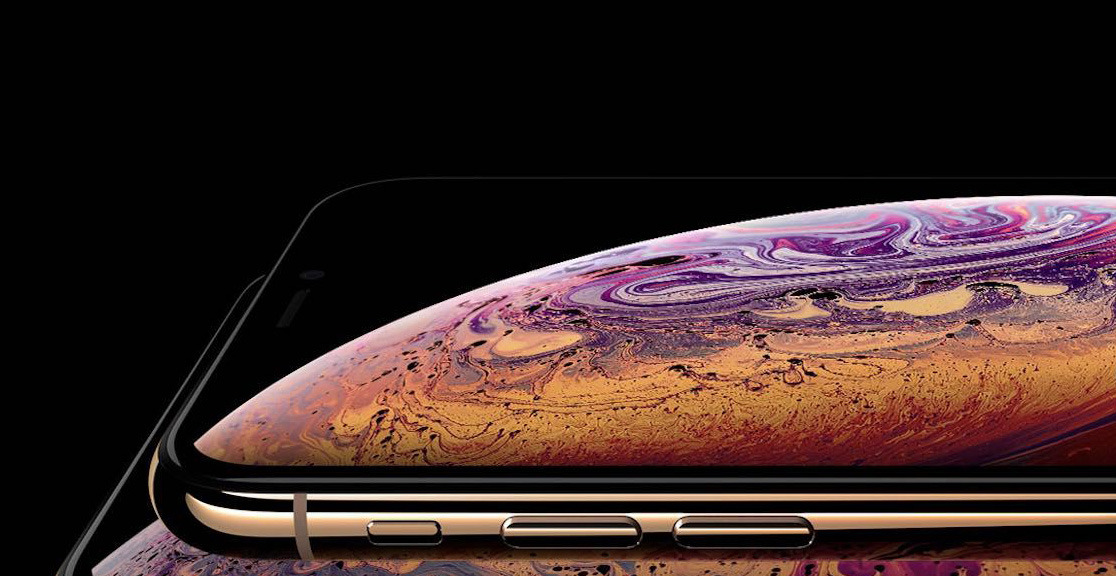
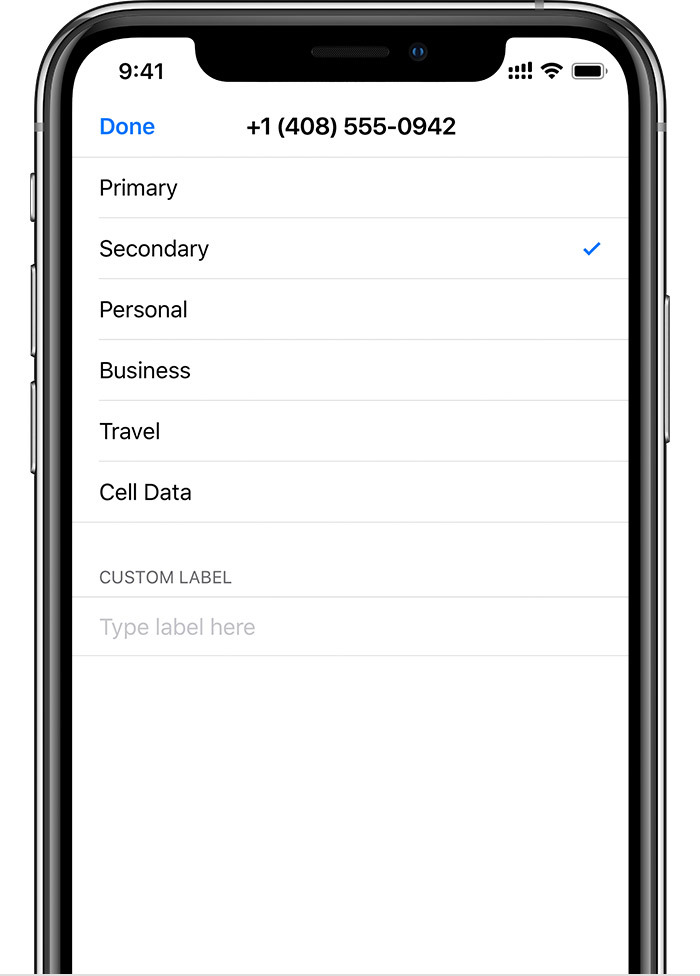
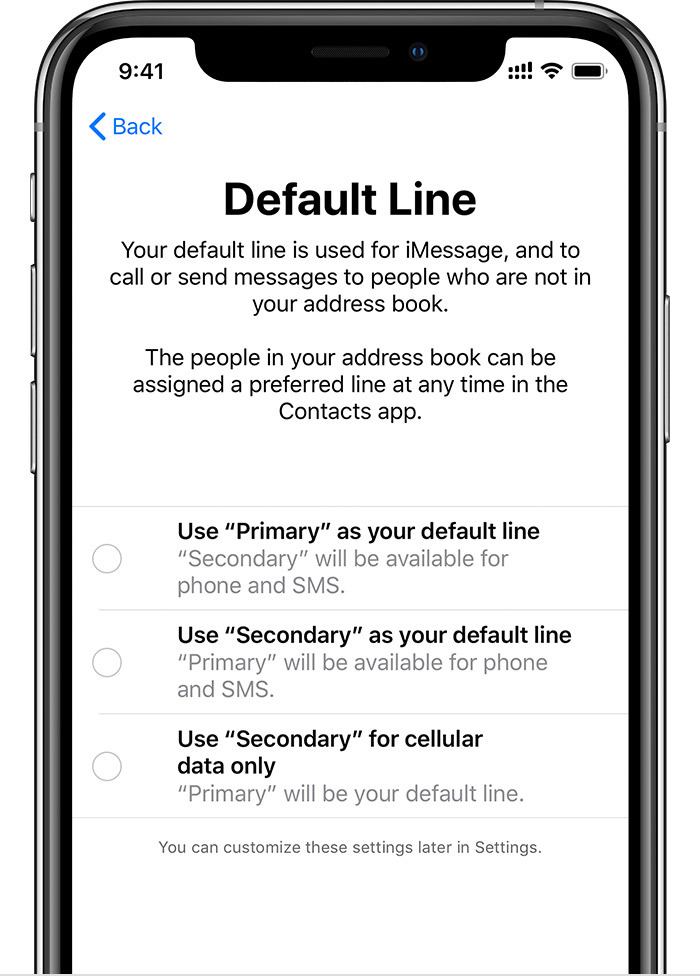
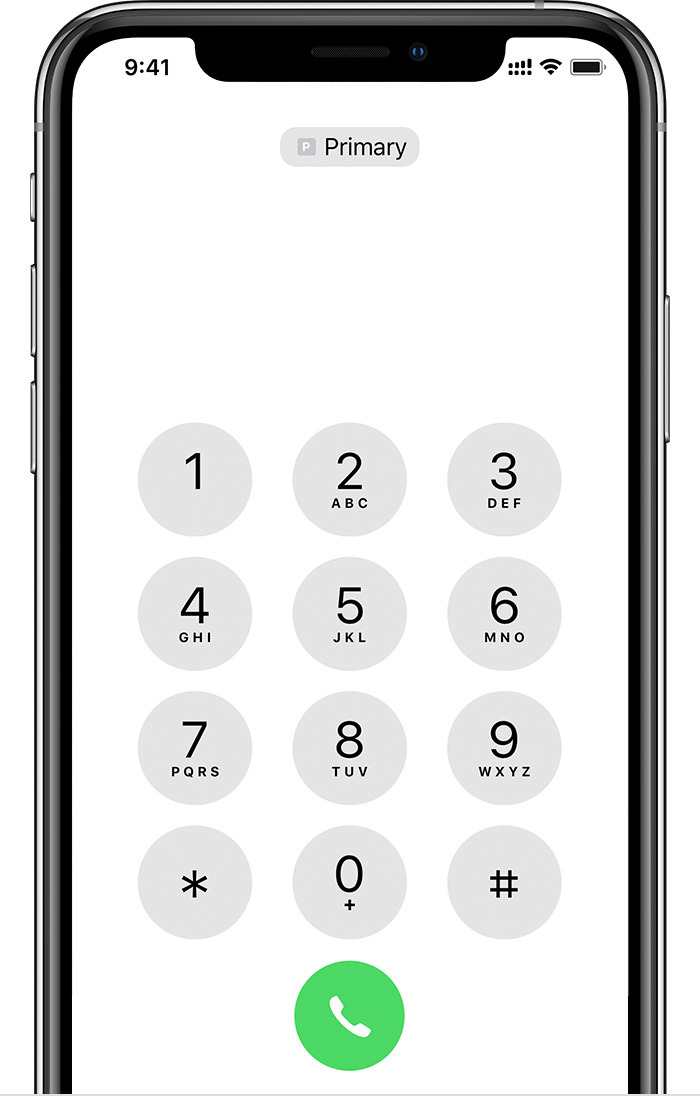








-m.jpg)






 Malcolm Owen
Malcolm Owen
 William Gallagher
William Gallagher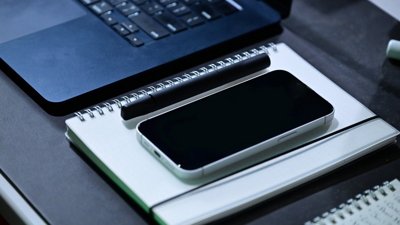

 Chip Loder
Chip Loder
 Marko Zivkovic
Marko Zivkovic
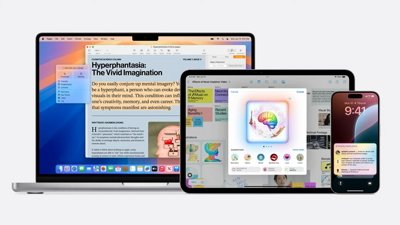




-m.jpg)




44 Comments
Thanks for this. I have been wondering how it would work, although it's one of those features I likely won't have a need for.
My wife currently carries around 2 iPhones, 1 for work and 1 personal. She would love to upgrade and use the eSIM for her work number but I imagine that won't go over well with work. Her work iPhone is a managed device and I highly doubt they'll want her using her personal device for what she normally uses her work device for and basically losing control of if. We'll see...
Complicated as hell.Who needs this?
Why can’t you just use a secondary dumb phone for abroad?
A replacement for Line2 on my iPhone. This is great news.